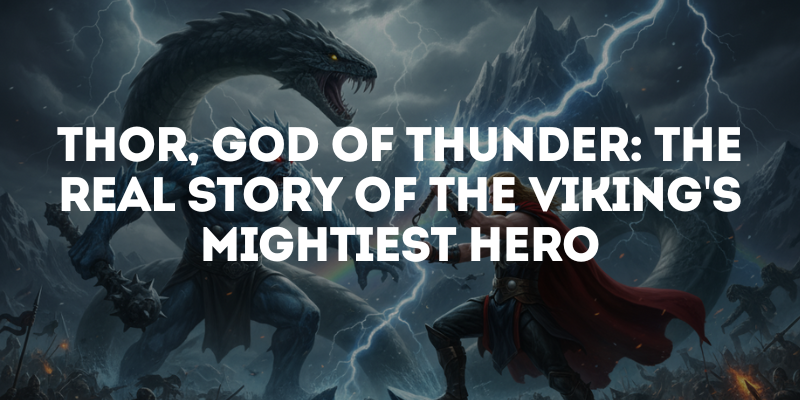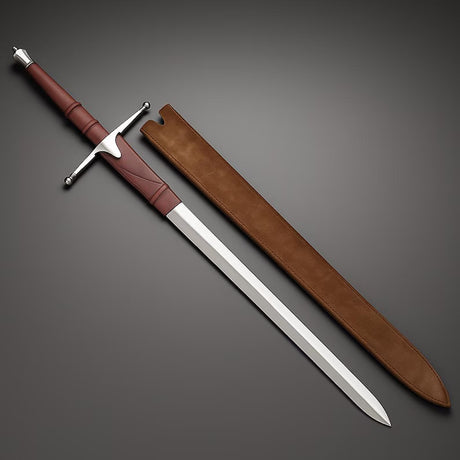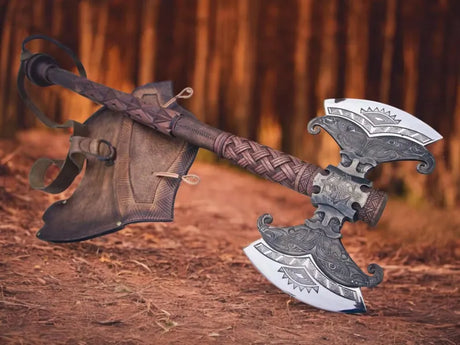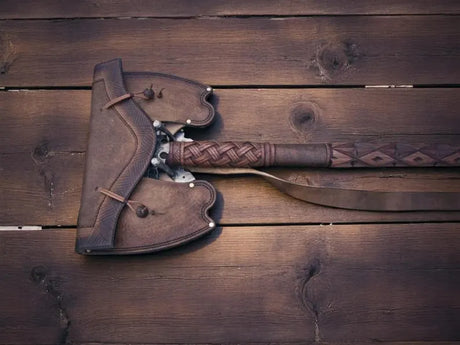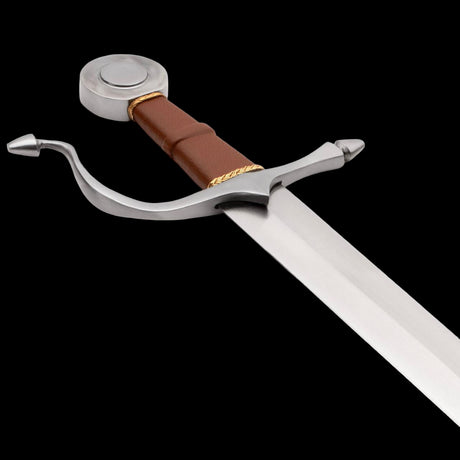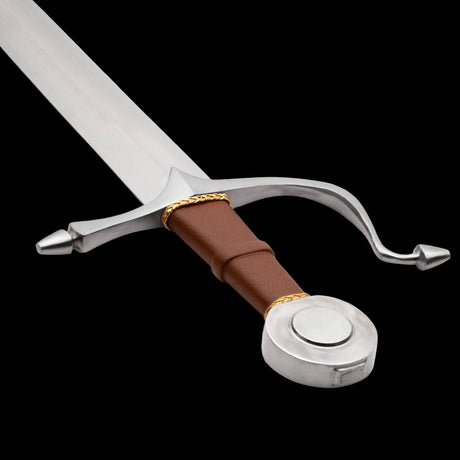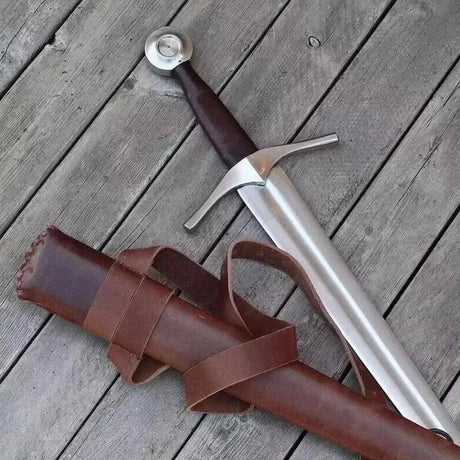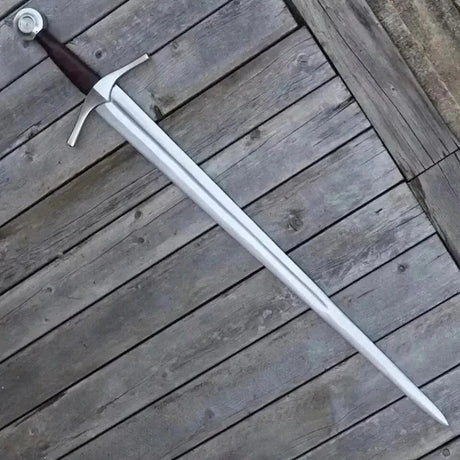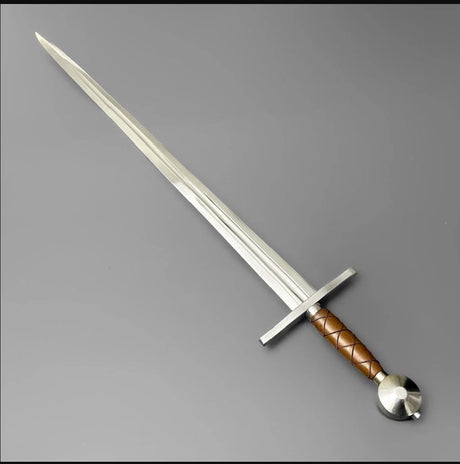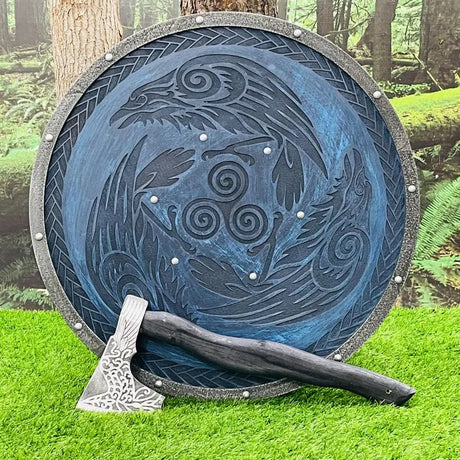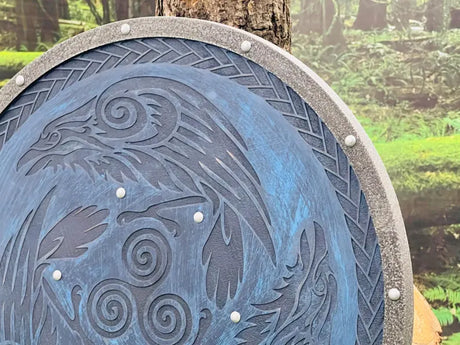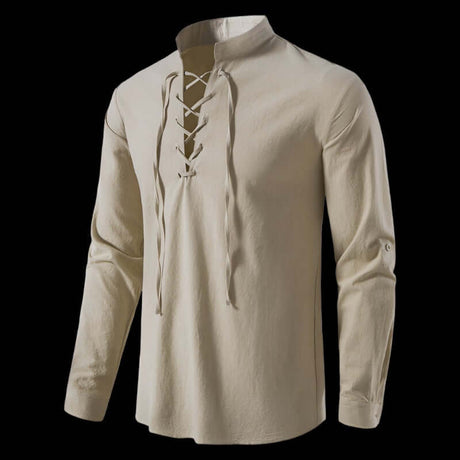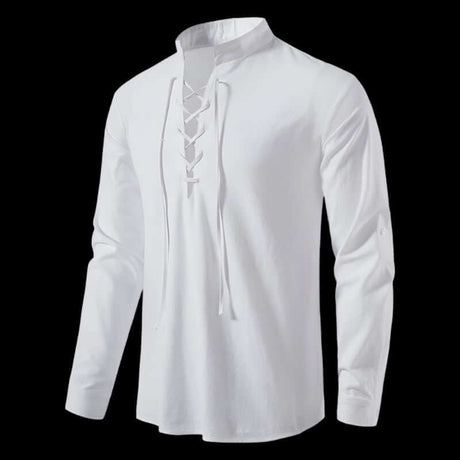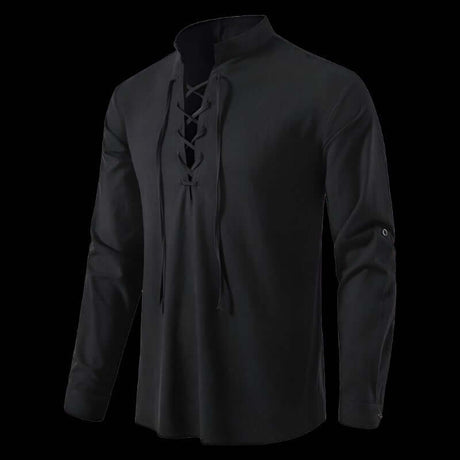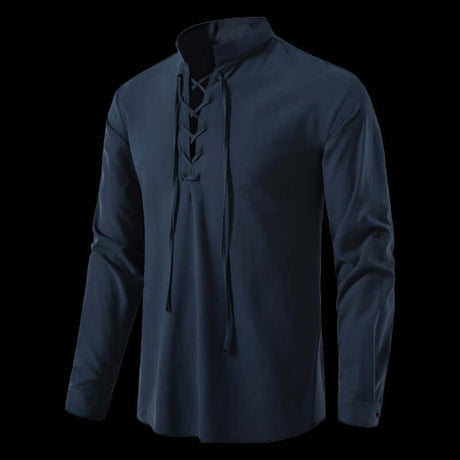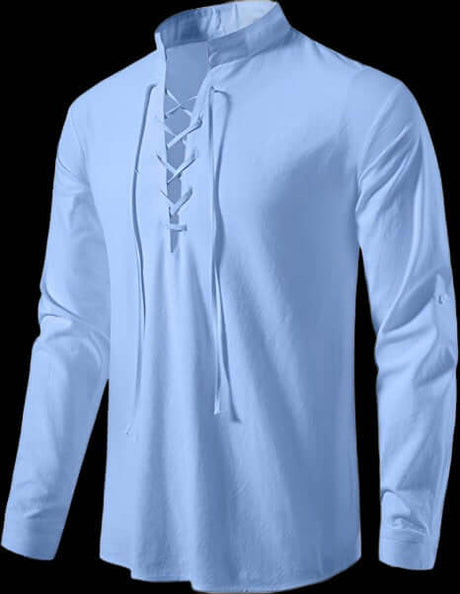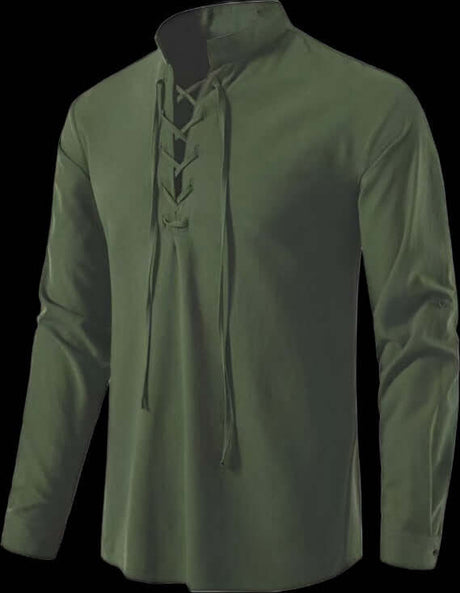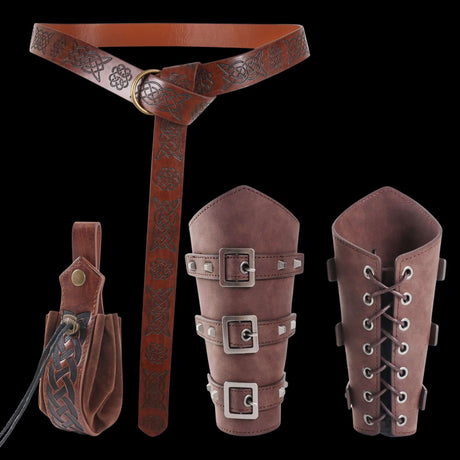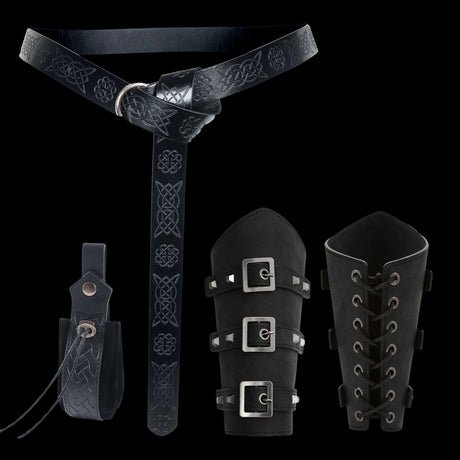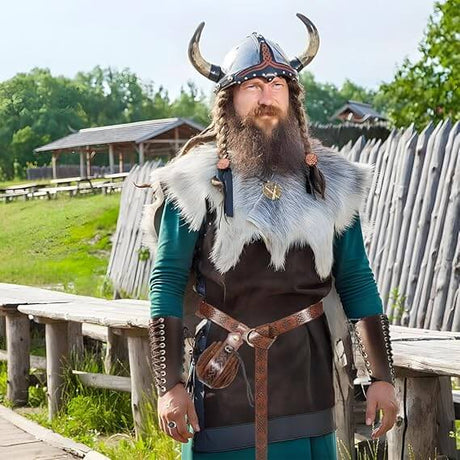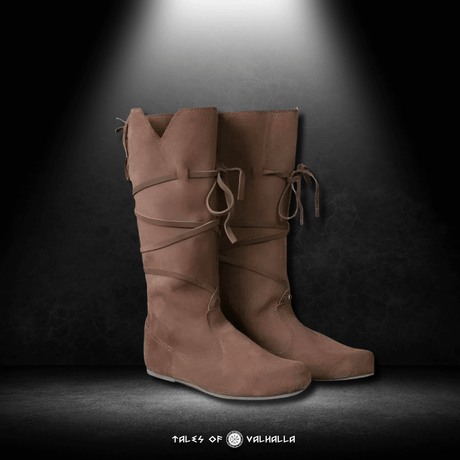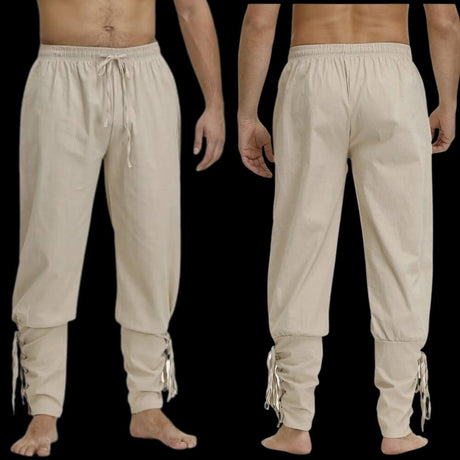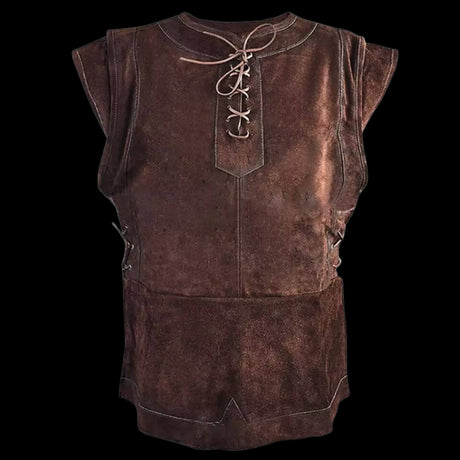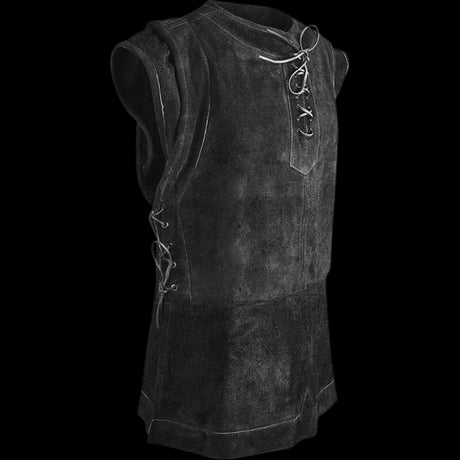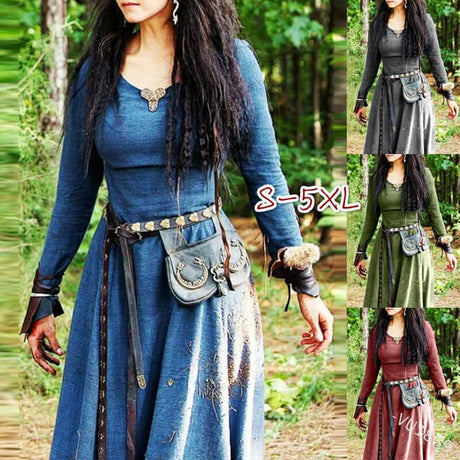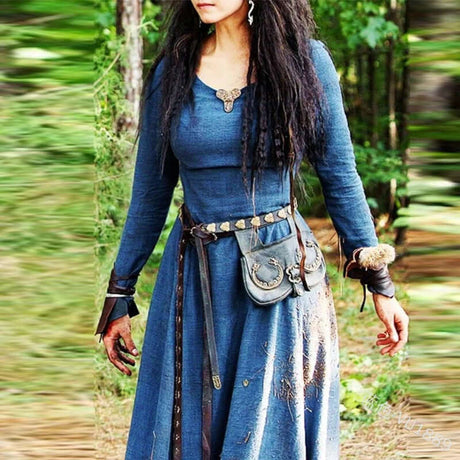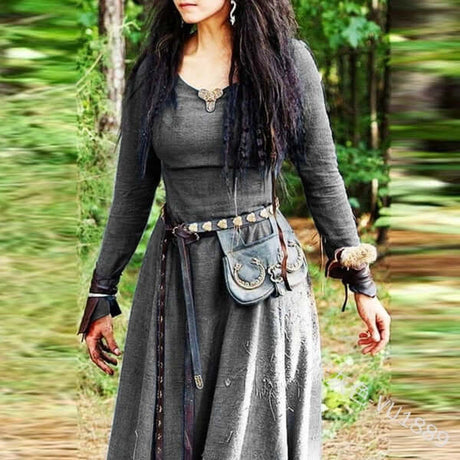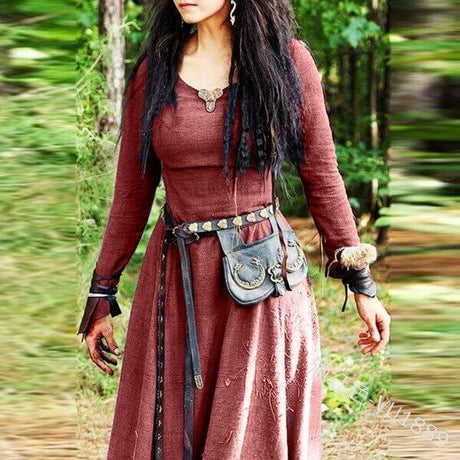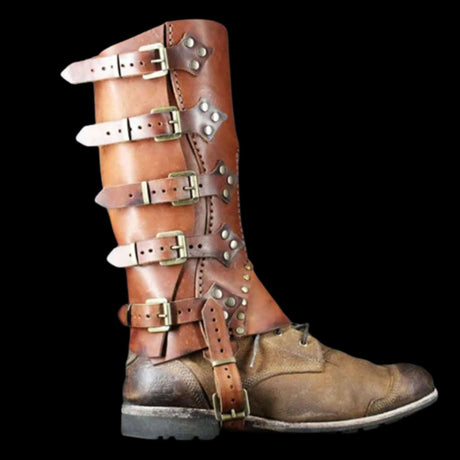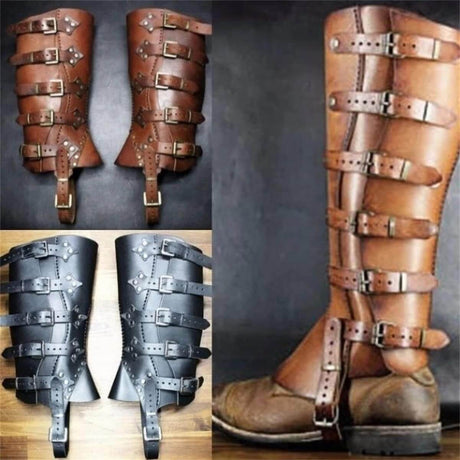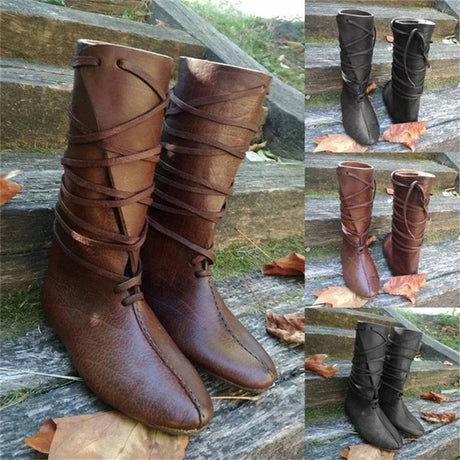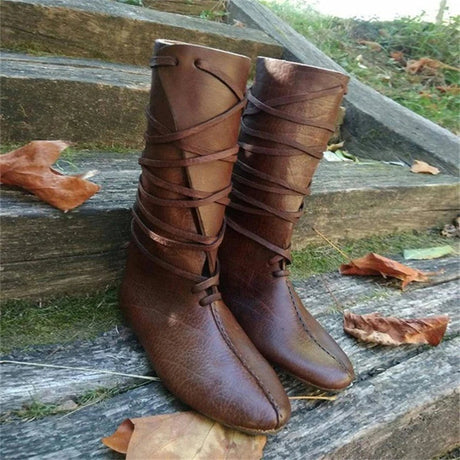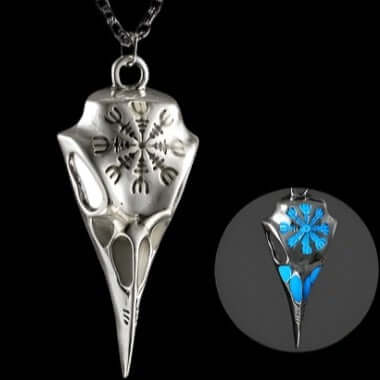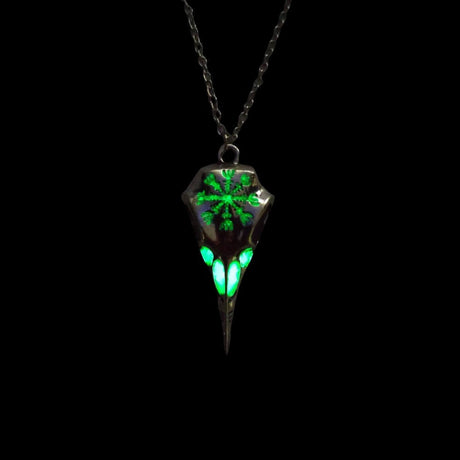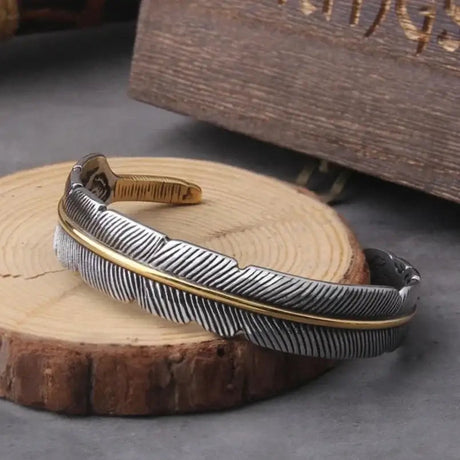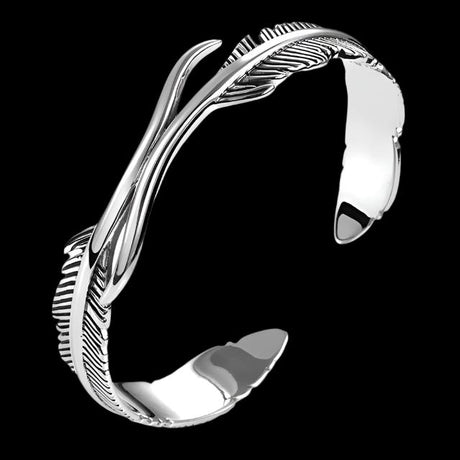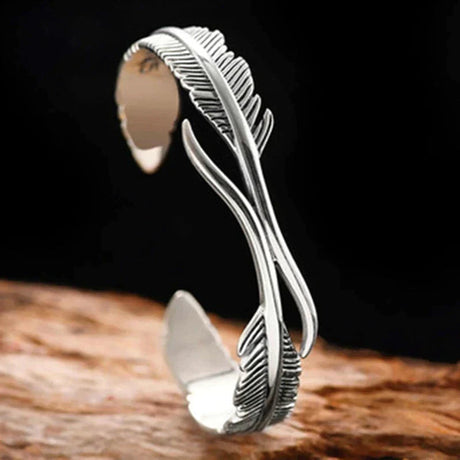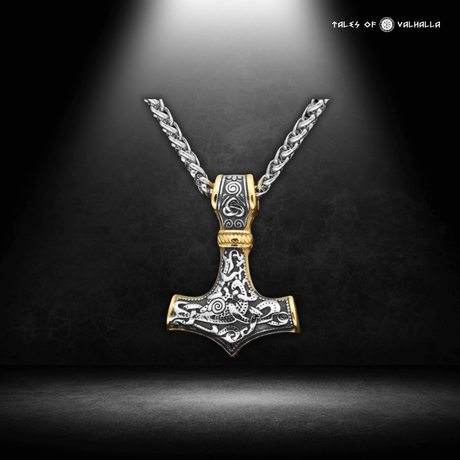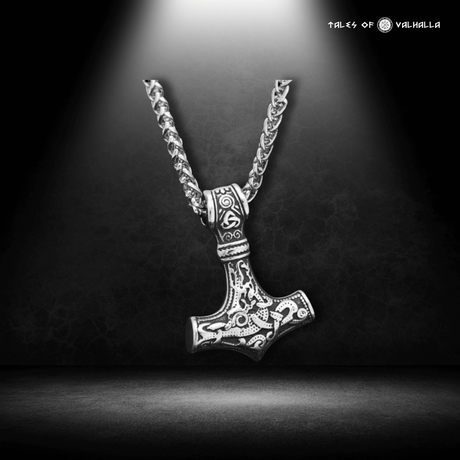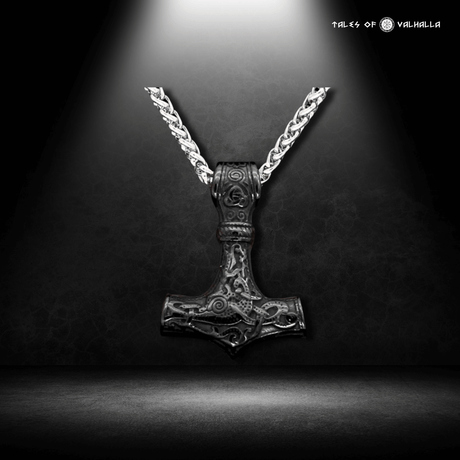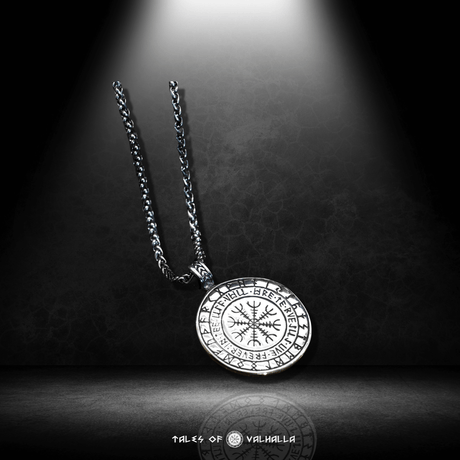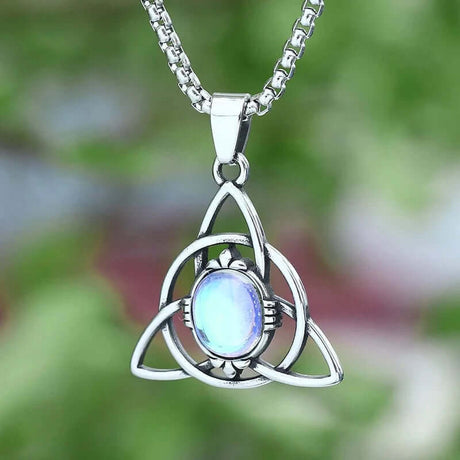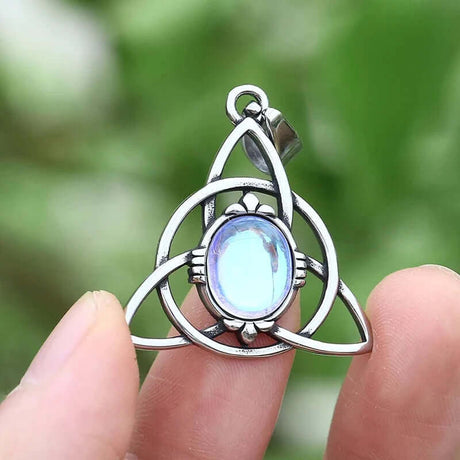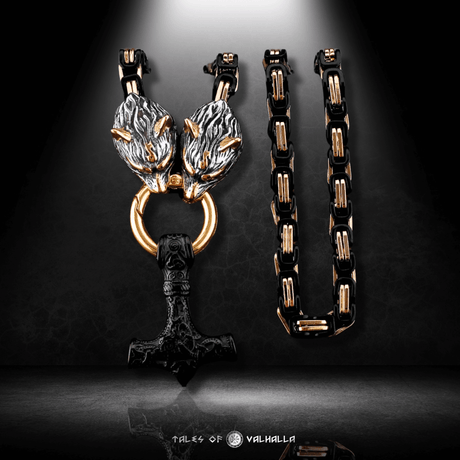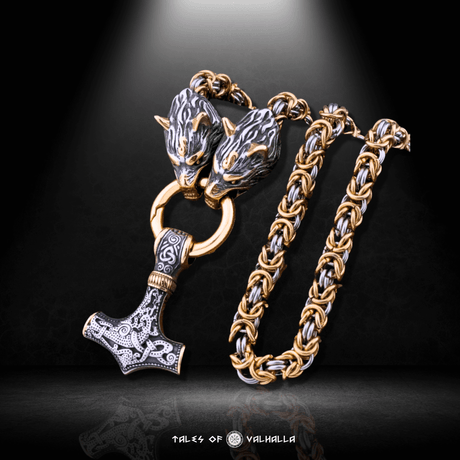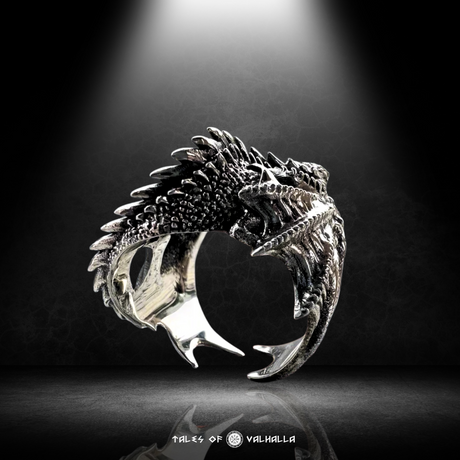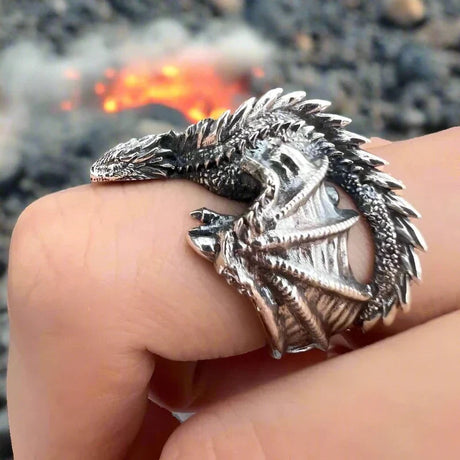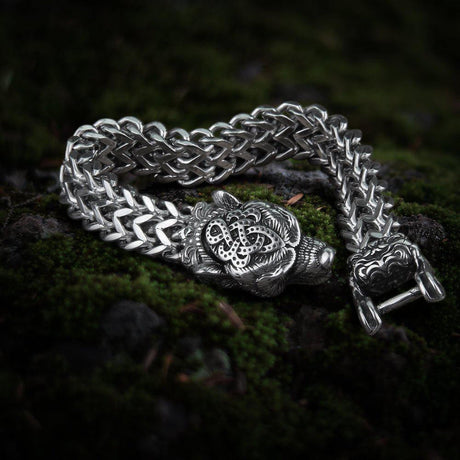In the vast and stormy pantheon of Norse mythology, one name thunders above the rest: Thor, God of Thunder. For many in the United States, his image is that of a clean-shaven superhero from the pages of comic books and blockbuster movies. But the Thor of Viking Age lore is a far more primal, complex, and fascinating figure. He is the red-bearded champion of the common man, the relentless defender of Midgard, and the ultimate force against the chaos that threatens the Nine Worlds.
To truly understand the Viking worldview, we must understand their deep reverence for Thor, God of Thunder. This deep dive will journey into the heart of Norse mythology, exploring the history, origin, and undeniable facts about this iconic deity. We will separate the ancient sagas from modern adaptations, examining his family, his legendary weapons, his epic battles, and what he truly represented to the people who honored him. This is the story of the mythological Thor, God of Thunder – the mightiest hero of the North.
More Than a Superhero: Who Was the Mythological Thor?
The Thor of Norse mythology is a figure of immense power, but he is not the polished prince we often see on screen. He is a more visceral, raw, and relatable deity, embodying both the protective and destructive forces of a summer storm.

More Than a Superhero: Who Was the Mythological Thor?
The People's Champion
While Odin, his father, was the Allfather—a god of kings, poets, and mystics, often seen as cunning and remote—Thor was the god of the everyday person. He was the champion of the common free farmer, the warrior, and the laborer. His concerns were tangible: the protection of the community, the sanctity of oaths, and the eternal struggle against the destructive forces of chaos. This role as a relatable protector is a key reason why Thor, God of Thunder, was arguably the most beloved and widely worshipped of all the Norse gods.
The Physical Embodiment of Strength
Thor was the personification of raw, physical power. He is consistently described as being immensely strong, with a formidable build, a fiery red beard, and eyes that blazed like lightning. He had an equally immense appetite for feasting and drinking, and a straightforward, often blunt, personality. He was quick to anger but also fiercely loyal and protective.
The Origins of a Thunder God: A Family of Power
The lineage of Thor, God of Thunder, cements his role as a bridge between the divine and the terrestrial, a being of both sky and earth.
Son of Odin and Jörð
- Odin, the Allfather: Thor's father was Odin, the chief of the Aesir gods. This lineage granted him immense divine power and a place of honor within the Norse pantheon.
- Jörð, the Earth Mother: His mother was not Odin's principal wife, Frigg, but the Jötunn (giantess) Jörð, who was the personification of the Earth itself. This parentage is crucial. It means Thor was half-giant, giving him a connection to the primal, elemental forces of the world he was tasked with protecting. His very being was a fusion of Asgard's order and the untamed power of the earth.
Thor's Family: A Glimpse into His World
Thor's own family was central to his identity.
- Sif, the Golden-Haired Wife: Thor's wife was the goddess Sif, known for her magnificent golden hair, which symbolized the ripened grain and the fertility of the harvest. She was a grounding force, representing the stability and prosperity that Thor defended.
- Sons of Strength: Magni and Móði: Thor had two sons, Magni ("Mighty") and Móði ("Wrath" or "Courage"). They were prophesied to inherit his hammer, Mjölnir, after Ragnarök, signifying that Thor's strength would endure.
- A Powerful Daughter: Þrúðr: His daughter was named Þrúðr ("Strength"), a powerful goddess in her own right, sometimes counted among the Valkyries.
The Arsenal of a God: Thor's Legendary Treasures
Thor, God of Thunder, was defined not just by his innate strength, but by three magical items that were essential for him to wield his full power.
1. Mjölnir: The Crusher
Mjölnir is arguably the most famous weapon in all of mythology. More than just a hammer, it was an artifact of immense and multifaceted power.
A Dwarven Masterpiece: Mjölnir was forged by the dwarven brothers Brokkr and Eitri. Its handle was famously made too short due to Loki's sabotage, but it was still judged the greatest of all treasures.
Powers:
- Devastating Force: It was capable of leveling mountains and slaying any giant.
- Always Returns: When thrown, it would magically return to Thor's hand.
- A Tool of Blessing: Beyond its destructive power, Mjölnir was also used for consecration and blessing. It was used to hallow marriages, sanctify funerals, and even bring Thor's own goats back to life. This dual nature as both a weapon and a sacred tool is fundamental to Thor, God of Thunder.
2. Megingjörð: The Belt of Strength
This was Thor's magical belt of power. When he wore Megingjörð, his already immense divine strength was said to be doubled.
3. Járngreipr: The Iron Gauntlets
These were Thor's iron gloves, which he needed to handle the immense power and short handle of his mighty hammer, Mjölnir. They allowed him to grip and wield his ultimate weapon.
Story Vignette 1: The Forging of a Legend
Imagine the moment Thor first received his treasures. He slips on the iron gauntlets, feeling their perfect fit. He fastens the belt of strength around his waist, a surge of new power coursing through him. Then, he takes up Mjölnir. The short handle feels awkward for a moment, but as his fingers close around it, the hammer thrums with a life of its own, crackling with the raw energy of a storm. He swings it, and the sound is not of metal cutting air, but of thunder rolling through the mountains. In that instant, he is no longer just a powerful god; he is Thor, God of Thunder, the eternal champion, armed for his endless war against chaos.
The Defender of the Realms: Thor's Epic Battles
The primary role of Thor, God of Thunder, in the Norse myths was as the relentless defender of both Asgard (the realm of the gods) and Midgard (the realm of humanity) against the destructive forces of the giants (jötnar). The sagas and Eddas are filled with his epic adventures.

The Defender of the Realms: Thor's Epic Battles
The War Against the Giants
The giants were not necessarily "evil" in the way a modern villain is, but rather personifications of the chaotic, untamed, and destructive forces of nature that constantly threatened the ordered world of gods and men. Thor's battles with them were a mythological representation of the struggle to maintain order in a harsh world.
The Duel with Hrungnir
One famous tale tells of Thor's duel with the mightiest of the giants, Hrungnir. Hrungnir had a head and heart of stone and was armed with a massive stone whetstone. Thor, accompanied by his servant Þjálfi, met him in battle. Thor hurled Mjölnir, which shattered the whetstone in mid-air and then crushed Hrungnir's skull. It's a classic tale of Thor, God of Thunder, proving his might.
The Journey to Útgarða-Loki
This is one of the most fascinating myths, as it's a battle where Thor is defeated not by strength, but by illusion and magic.
- A Series of Humiliating Tests: Thor, accompanied by Loki, travels to the castle of the giant-king Útgarða-Loki. There, he is challenged to a series of contests: he fails to drain a drinking horn in three gulps, he cannot lift the king's giant cat from the floor, and he loses a wrestling match to an old woman.
- The Revelation: As they leave, Útgarða-Loki reveals the truth. The drinking horn was connected to the ocean itself, and Thor's mighty draughts actually created the tides. The "cat" was in fact the Midgard Serpent, Jörmungandr, and Thor had lifted a part of the world-encircling beast into the sky. The old woman was Elli, the personification of Old Age, whom no one can defeat.
- The Lesson: This story shows that even the immense power of Thor, God of Thunder, has its limits, and that brute force cannot overcome the fundamental forces of the cosmos or cunning illusion.
The Fishing Trip for Jörmungandr
Perhaps Thor's most epic confrontation was his attempt to slay his fated archenemy, the Midgard Serpent Jörmungandr, one of Loki's monstrous children.
Story Vignette 2: The Serpent and the Storm
Imagine Thor in a small fishing boat with the giant Hymir, far out on the primordial ocean. The air is still, the water like black glass. Thor baits a massive hook with the head of an ox and casts it deep. The line goes taut with a force that nearly splinters the boat. This is no ordinary catch. Thor plants his feet so hard they break through the bottom of the boat, his knuckles white as he hauls on the line. The ocean boils as the colossal head of Jörmungandr, the World Serpent, breaks the surface, its venomous breath fouling the air. Their eyes meet—the god of thunder and the serpent of chaos. Thor raises Mjölnir, the hammer crackling with lightning, ready to end his foe. But the terrified Hymir cuts the line, and the serpent sinks back into the depths, their final, fateful encounter postponed until Ragnarök. This is the central conflict of Thor, God of Thunder: his eternal battle against the forces that seek to undo the world.
Thor's Legacy: From Viking God to Modern Icon
The worship and reverence for Thor, God of Thunder, was perhaps the most widespread of any Norse deity during the Viking Age. His influence is still profoundly felt today.
The Hammer and the Cross: A Symbol of Faith
As Christianity spread through Scandinavia, a fascinating religious rivalry emerged, visible in the archaeological record.
- Mjölnir Amulets: During the late Viking Age, the wearing of small, wearable Mjölnir pendants became incredibly popular. Archaeologists have found over a thousand of these amulets.
- A Pagan Identity: This surge in popularity is seen as a direct response to the growing presence of the Christian cross. Wearing a Mjölnir amulet became a public declaration of one's adherence to the Old Ways, a symbol of pagan identity in a time of religious change. The hammer of Thor, God of Thunder, became a symbol of cultural resistance.
"Thursday": A Weekly Reminder of the Thunderer
The most enduring and hidden legacy of Thor is in our calendar. The name "Thursday" is a direct linguistic descendant of the Old English Þūnresdæg, meaning "Thunder's Day." The Anglo-Saxons, whose gods were nearly identical to the Norse, substituted the Roman god Jupiter (the Roman thunder god) with their own, Þunor—or Thor. Every time we say "Thursday," we are unknowingly speaking the name of Thor, God of Thunder.
Table: The Norse Legacy in Our Days of the Week
| Modern Day | Old English Origin | Meaning | Roman God (Latin Origin) | Substituted Norse/Germanic God |
| Tuesday | Tīwesdæg | "Tiw's Day" | Mars (God of War) | Týr |
| Wednesday | Wōdnesdæg | "Woden's Day" | Mercury (Messenger God) | Odin (Woden) |
| Thursday | Þūnresdæg | "Thunder's Day" | Jupiter (God of Thunder) | Thor (Þunor) |
| Friday | Frīgedæg | "Frigg's Day" | Venus (Goddess of Love) | Frigg / Freyja |
The Modern Thor: A Pop Culture Phenomenon
The journey of Thor, God of Thunder, into modern American pop culture is a story of incredible transformation.
- Marvel Comics: In the 1960s, Stan Lee and Jack Kirby reimagined Thor as a superhero for Marvel Comics. They kept many of the core elements—Mjölnir, Asgard, Loki—but gave him a more heroic, clean-shaven look and wove him into a new, sci-fi/fantasy universe.
- The Marvel Cinematic Universe (MCU): The portrayal of Thor by Chris Hemsworth in the MCU has made him a global icon. This version of Thor is charismatic, powerful, and often humorous, bringing the Norse god to a massive new audience.
- Video Games and Beyond: Thor, God of Thunder, is a central figure in countless video games, from the gritty and mythological God of War to the historical fantasy of Assassin's Creed Valhalla.
The Real Thor vs. The Modern Thor: A Comparison
| Feature | The Mythological Thor | The Modern Pop Culture Thor (MCU) |
| Appearance | Red-bearded, rugged, immensely strong. | Typically blonde, clean-shaven, or with a trimmed beard. |
| Personality | Brash, quick-tempered, straightforward. A mighty warrior with a huge appetite, but a steadfast protector. | Noble, often humorous, and introspective. More of a classic superhero archetype who undergoes significant character development. |
| Hammer (Mjölnir) | A short-handled war hammer, a tool of both destruction and blessing. Wielded with the help of iron gloves. | A perfectly proportioned hammer that can only be lifted by the "worthy." |
| Speech | Spoke in Old Norse, likely with a powerful and direct manner. | Speaks in modern, often Shakespearean-inflected, English. |
| Family | Son of Odin and Jörð (Earth). Wife Sif. Not brothers with Loki. | Son of Odin and Frigga. Considers Loki his brother. |
Conclusion: The Enduring Thunder
Thor, God of Thunder, is a figure of incredible endurance. He began as a powerful and beloved deity of the Viking Age, a symbol of strength and protection for the common person, a champion who stood against the chaotic forces that threatened the world of gods and men. His myths are tales of epic battles, cunning giants, immense strength, and a profound connection to the natural world.
While the worship of the old Norse gods has faded, Thor has refused to disappear. His legacy is etched into our very week, in the name of Thursday. And he has been spectacularly reborn in modern popular culture as a global superhero. This transformation from ancient god to modern icon is a testament to the enduring power of his archetype. The mythological Thor, God of Thunder, may be different from the one we see on the big screen, but both represent something fundamental: the eternal appeal of a hero who is strong enough to protect us from the storm.

